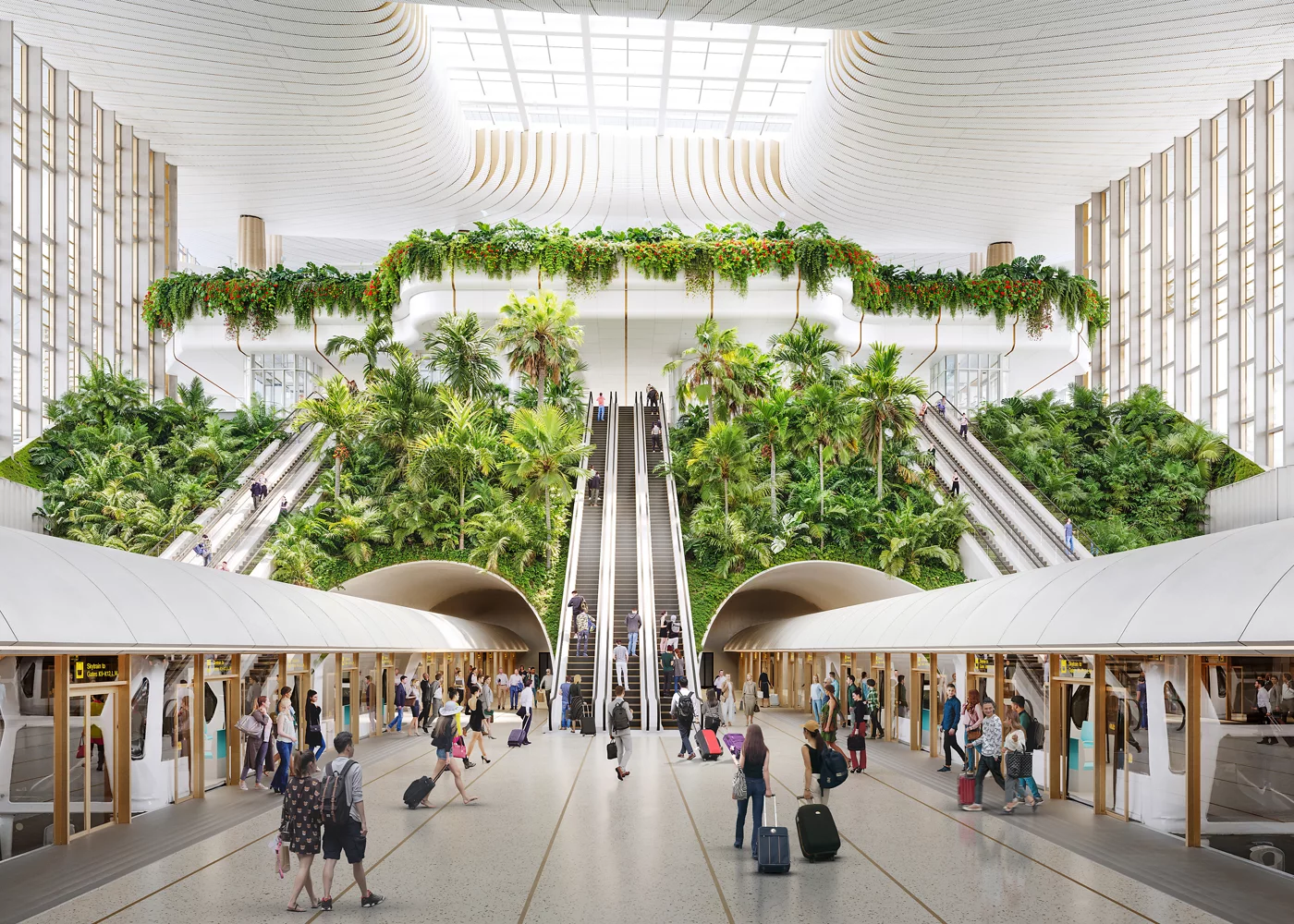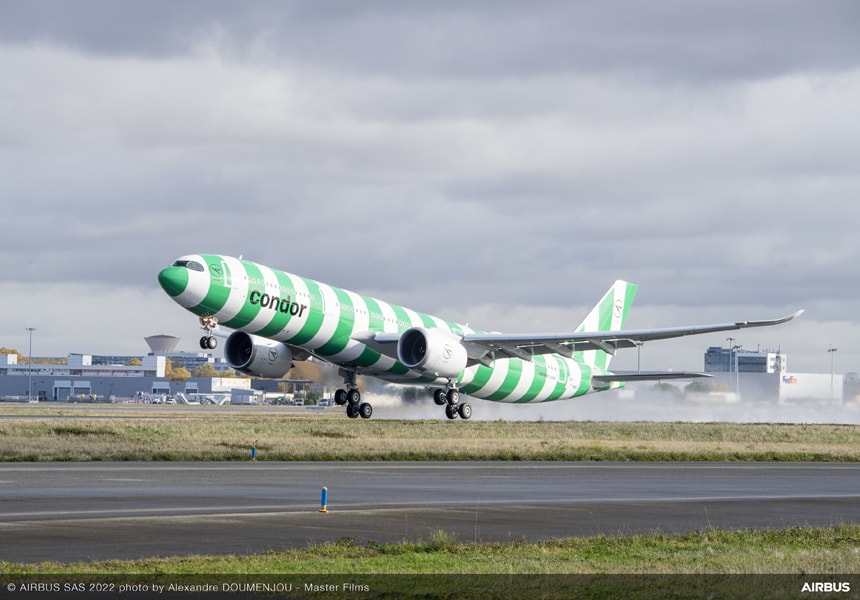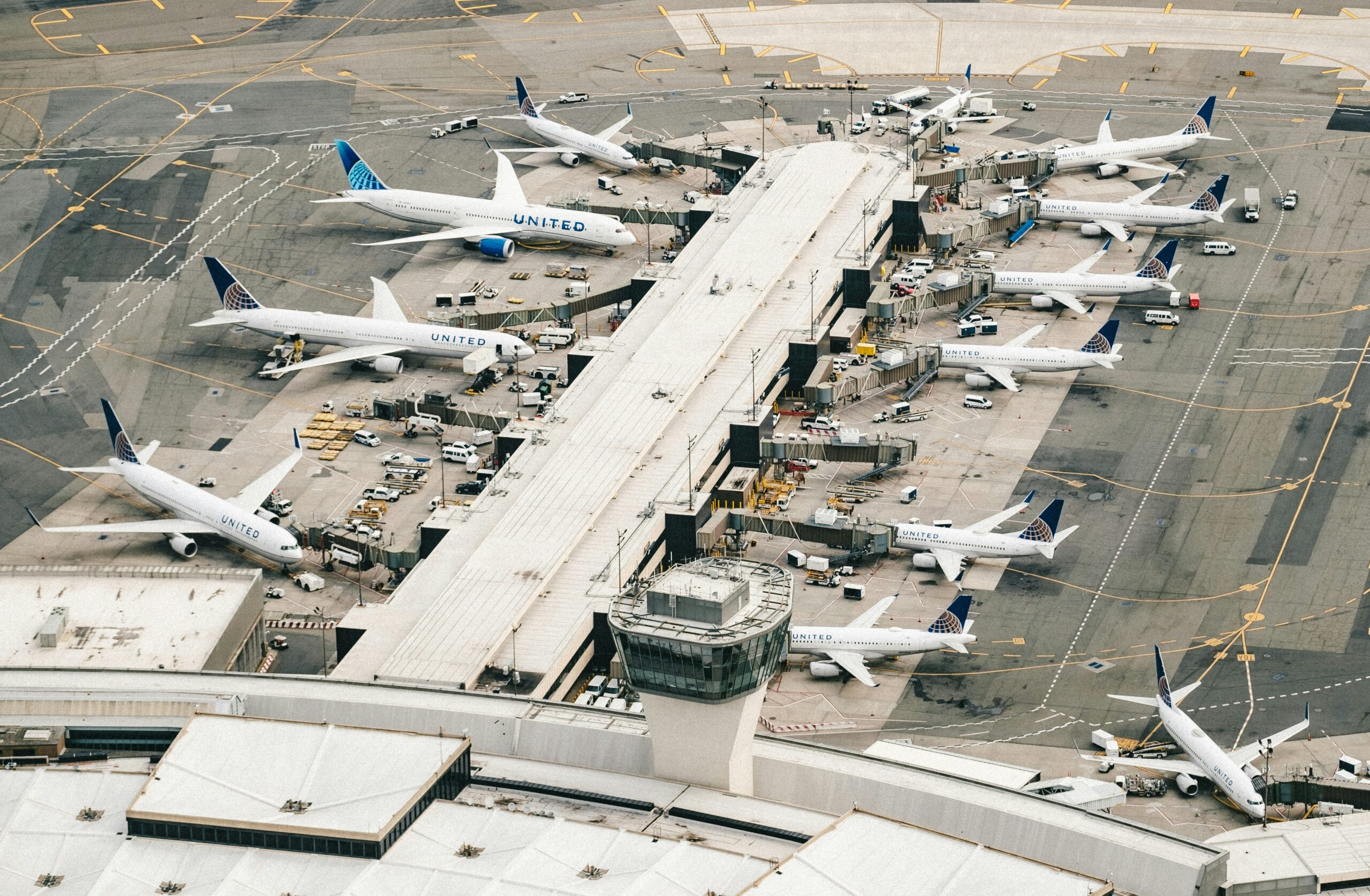The Miami Open Celebrates 40 Years
An inside look at who’s attending and spending at this year’s tennis event
March 28, 2025
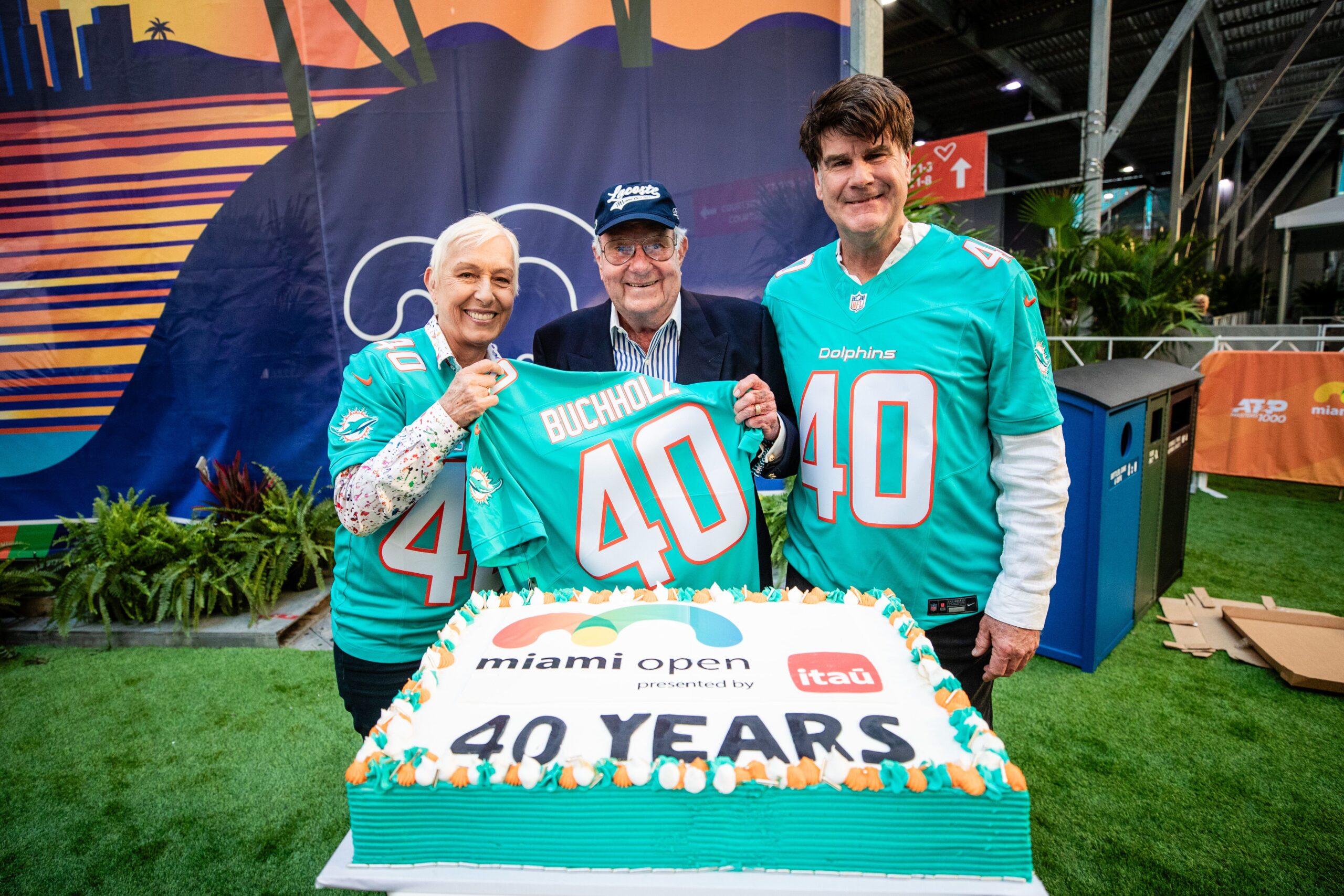
Photo: Miami Open presented by Itaú
Last weekend, an international mix of all ages flooded Hard Rock Stadium for the opening rounds of the Miami Open. With 1.6 billion fans, tennis is the world’s third-largest sport after soccer and cricket. But what makes it uniquely valuable to brands like Rolex, Fly Emirates, Mercedes, Lexus, sovereign wealth funds, and banks galore is the average fan’s per capita income of $250,000, according to Tennis Channel.
Suites at this year’s tournament cost over $100,000 for the two-week event, and box seats cost thousands per session. Grounds passes are fairly priced, however, and the opening weekend welcomed tens of thousands of fans.

Photo: PIF stand at South Plaza Campus
The region is better known for Art Basel Miami Beach, with its $550 million economic impact and 75,000 visitors. The Formula One Miami Grand Prix follows in close second, where 250,000 fans gather for a weekend at the (temporary) racetrack.
But, the Miami Open gets far less attention despite attracting more people than both the art fair and race weekend frenzy, bringing in similar local revenue of $400 million. The Miami Open was recently put up for sale by Endeavour IMG, alongside the Madrid Open. Bids started at $1 billion.
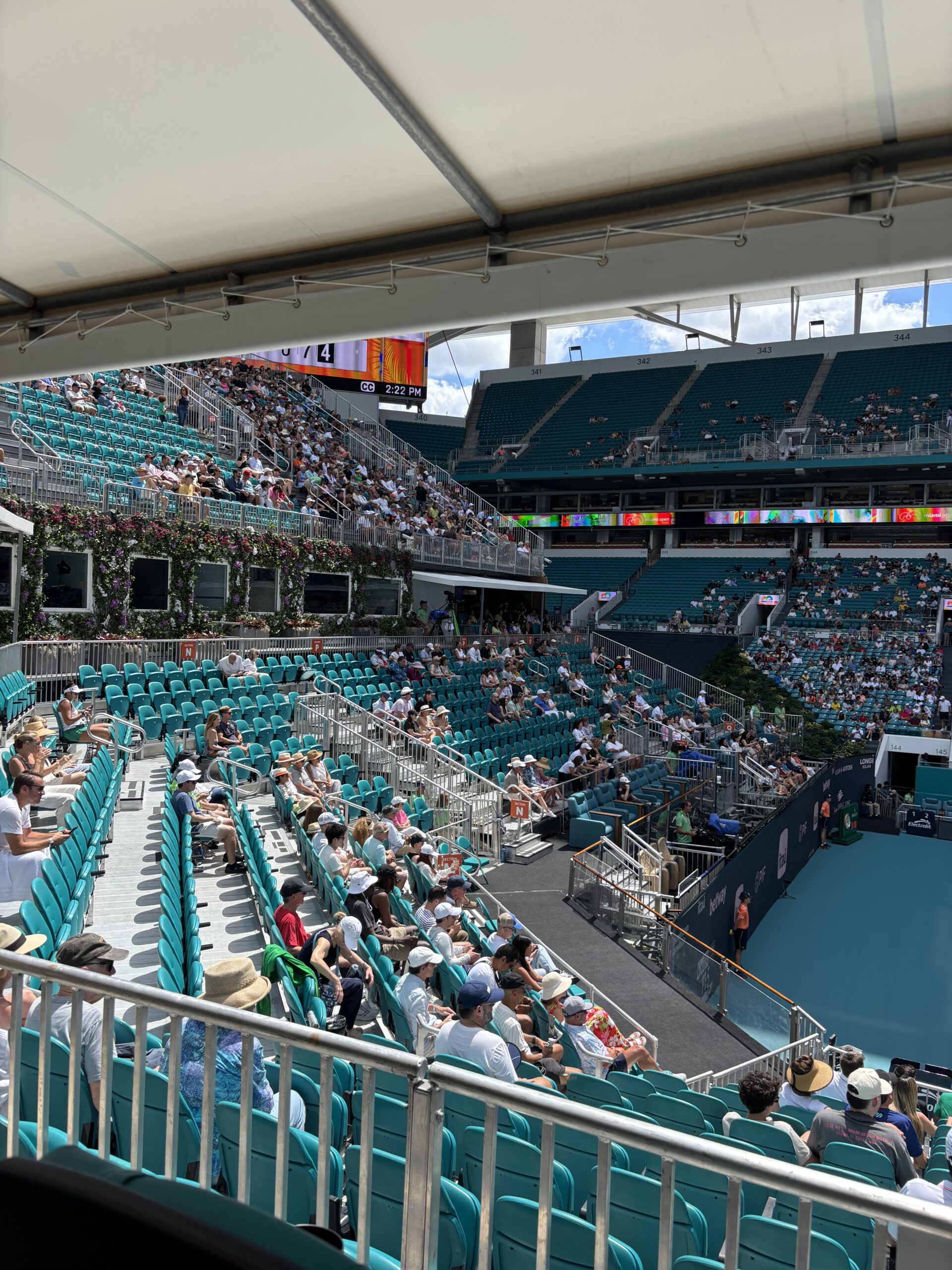
Photo: Fans watch the quarterfinal match between Arthur Fils and Jakub Mensuk
For the majority of its 40-year history, Key Biscayne hosted the Miami Open at Crandon Park, widely considered “the most beautiful tournament setting.”
Wanting to expand, Key Biscayne declined. Stephen Ross, owner of the NFL’s Miami Dolphins and chairman of Related Companies, stepped in and offered Hard Rock Stadium with its surrounding parking lots. Ross attended the recent stadium match to watch Novak Djokovic’s win over Ugo Carabelli, along with 15,000 others.
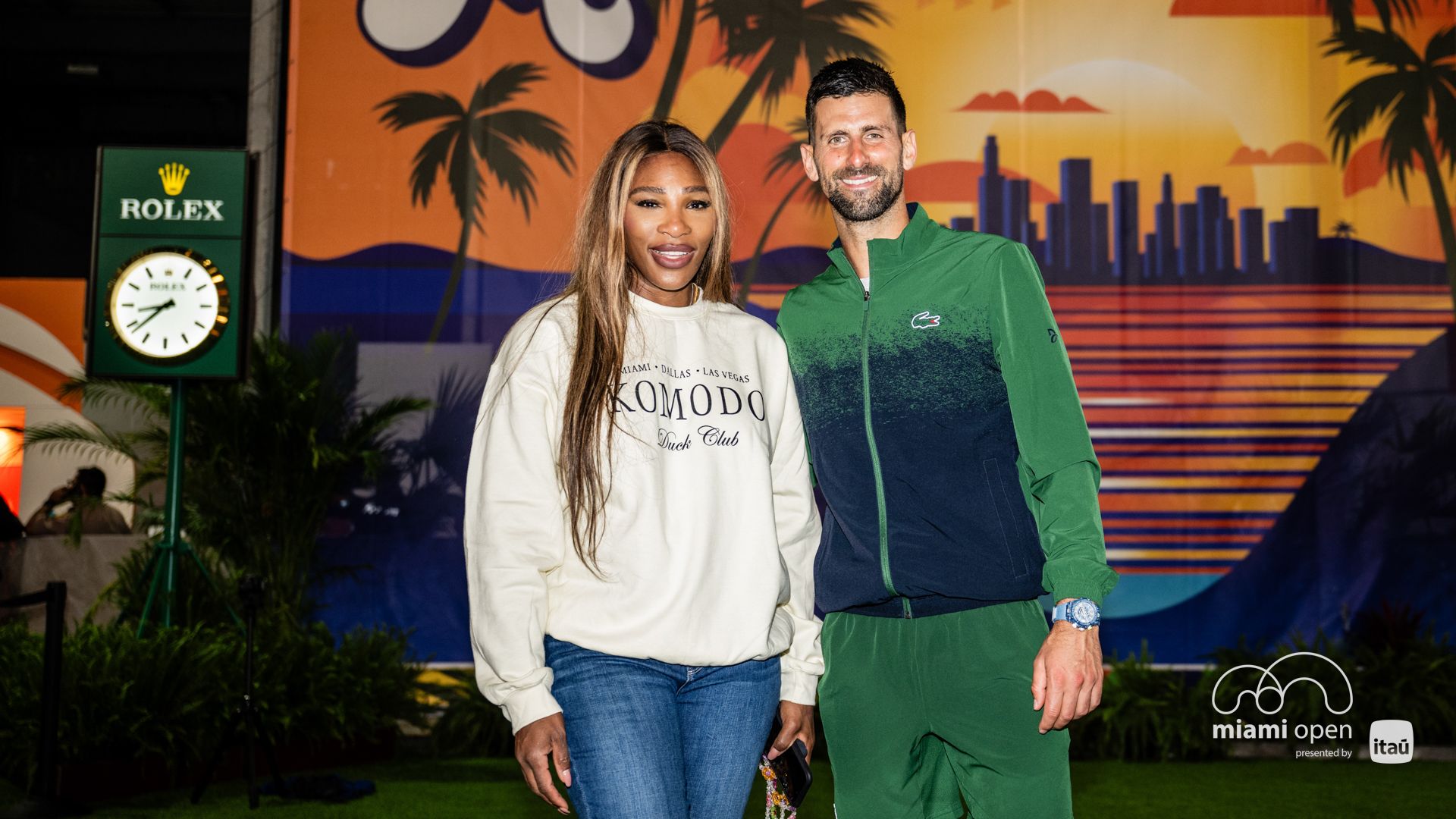
Photo: Miami Open presented by Itaú
Djokovic is certainly this year’s headline act. He last played Miami in 2019 and has since surpassed Rafael Nadal and Roger Federer as the most accomplished of the Big 3. The GOAT? Maybe. Other top players—Carlos Alcaraz, Taylor Fritz, Coco Gauf, Naomi Osaka, Aryna Sabalenka, Alexander Zverev—arrived from Indian Wells, leg one of the “Sunshine Double.”
The youngest players created the most buzz; Brazilian Joao Fonseca, 18, played to packed, patriotic crowds, while the relatively unknown Filipino Alexandra Eala, 19, made a stunning run, beating Australian Open champion Madison Keys and former world number one Iga Swiatek to reach the semifinals. Another 19-year-old, Czech wunderkind Jakub Mensik, made the semis, hitting monster 135mph serves.
Overall, Hard Rock does a good job as a stand-in for a permanent tennis facility. It’s fun, not too crowded, nor rowdy, and rather wholesome. Families and seniors, couples and crews—none too flashy. “The Grove” features multi-level activations and serves as the tourney’s common grounds; set on a mass of turf with seating clusters and leased to local operators—Novecento’s Argentine grill, OMAKAI sushi, Miami Slice pizza, and Bodega for tacos. On the luxury hospitality front, private club Casa Tua has the prime pop-up: Casa Tua Courtside Club. It’s burrowed under the stadium with entry for its members or courtside ticket holders.

Photo: Entrance to Casa Tua Courtside Club
Inside the stadium, Cabana Clubhouses and suites overlook the center court, where a networking bonanza ensues. Over a dozen banks, companies with “steel,” “oil,” “wealth management” in their names, and aviation industry players all invite clients and staff to sip champagne during matches. While the majority of the tournament’s revenue comes from these suites and the pricier box seats, it’s a family destination as well. Djokovic put it best during a post-match interview, “I love to see so many children!”
Some notable children looking on during the semi-finals included Lionel Messi’s family.

